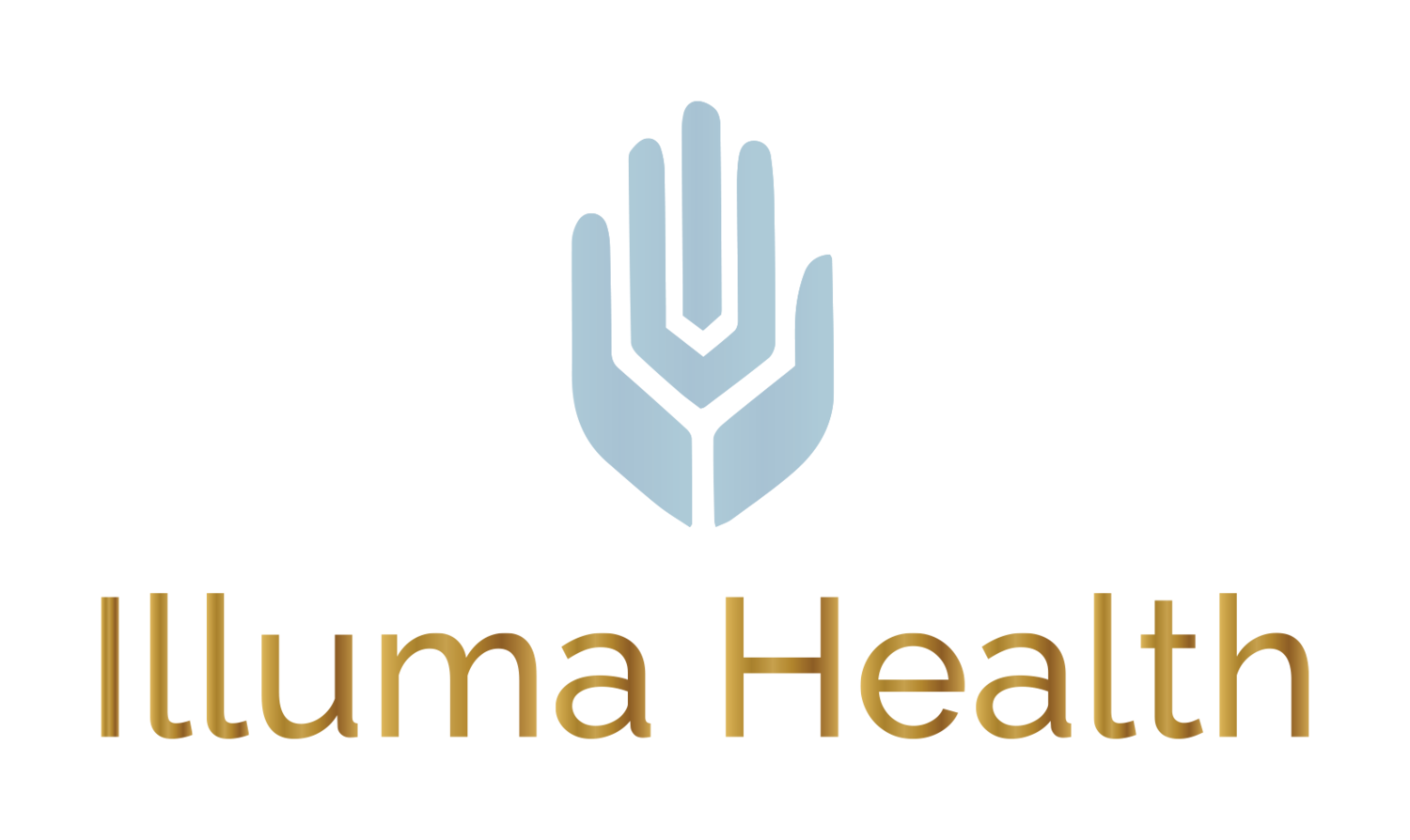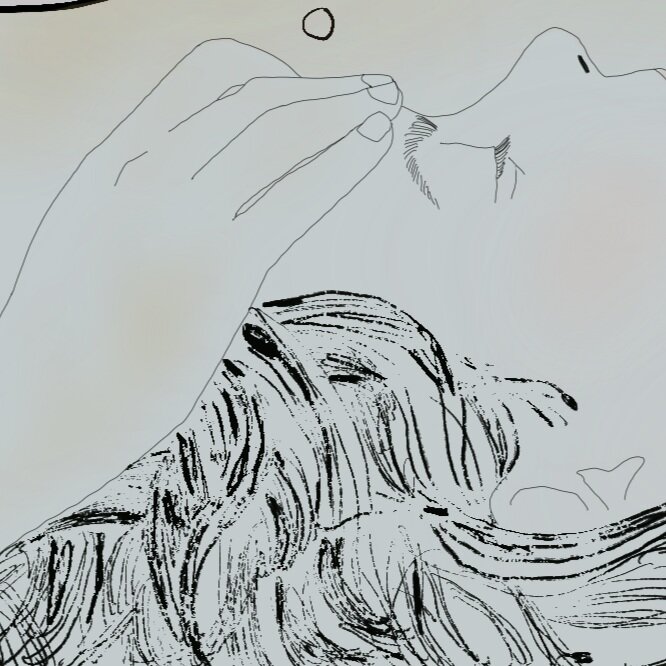
Somatic Touch Therapy.
What To Expect In A Session
Somatic touch therapy involves gentle holding of the body.
It can be very helpful during times of stress, illness, and recovery.
You may connect to the unspoken story of the body which is important if you are feeling disconnected or have experience with trauma. The main function of the work is to provide a physical experience of support. When our bodies are working overtime, our capacity decreases.
Through touch, we can increase our capacity for coping, recovering, and thriving.
Before starting somatic touch therapy for the first time, it’s helpful to understand what can happen in a session,
where your practitioner will touch you, how you may feel and what to look out for after a session.
Below are some FAQs,
to help you navigate your experience.
Do I sit up or lie down?
In general, sessions are held while you lie on a treatment table. You’ll be offered sheets, blankets, and pillows for comfort. If you are pregnant, we will arrange an inclined bed for you if possible. If you prefer not to lie down, it is possible to ask for a seated session. All sessions are held fully clothed, so please wear comfortable clothing and remove any large items of jewelry.
Where will my practitioner
touch me?
Every practitioner is different and may have trained in a number of touch modalities. Often there is time spent holding the head and the feet. Some practitioners may adopt a craniosacral approach and slide a hand under your body and place one on top. Here they are listening to your cranial rhythm. Some practitioners adopt a Jin Shin Jitsu approach and this often entails using hands to connect to different acupuncture points, because this therapy works on the meridian system (similar to acupuncture).
If there is anywhere that you do NOT wish to be touched, please let your practitioner know. If you have areas of pain or tension where you would like to be supported with touch, you can also inform your practitioner.
If, during a session, you experience any discomfort, please tell your practitioner and they will remove their hands and talk to you about your experience.
What is the point of somatic touch therapy?
In all cases of somatic touch therapy at Illuma Health clinic, the intention is to help the nervous system feel safe and provide an experience of support. Sometimes when we exceed our capacity, we are not able to self-regulate. This kind of touch provides a co-regulatory approach; which means that someone else helps us to regulate. Historically, we require co-regulation to learn to self-regulate when we are babies; that is, we need our caregiver to help us feel safe. So, it makes perfect sense, that when we are working towards recovery, or experiencing stressors, that co-regulation can help us navigate our experience.
What will I feel during a session?
There is no ‘right’ way to experience a session. Some common experiences may include:
Feeling very relaxed; some may even enter a light sleep
Noticing wandering thoughts; realizing what has been on your mind
Feeling sensations of movement, warmth, heaviness, or lightness in the body
Gentle twitching in the body (this is the nervous system discharging)
Unwinding of the head and neck or other areas of the body (the body may seem to move of its own accord)
Emotional discharge – if you have been experiencing a lot of emotion and not had time/space to feel it, it is possible that you may experience higher states of emotion and/or feel the need to cry. (Please note that this is welcomed during the session and your practitioner is trained to support you through this process with a lot of respect and compassion).
Memories or visualizations – some people may access memory or have a visual experience of colors, shapes, or ‘dream-like’ scenarios. This is because somatic work accesses the felt-sense/right-brain part of us. In this non-verbal, non-thinking state, it is possible to access our subconscious or unprocessed experiences.
Note: If you experience any high emotions or difficult memories, we ask that you let your practitioner know. This is not the intention of the session and may indicate that there are experiences that require further processing. Either your practitioner will assist you, or provide details of another therapist to support you.
If the intention is to help me relax, why would I feel all of these emotions and thoughts?
The intention is to create an experience of support. Our practitioners are trained to adopt a listening approach. While it is not their intention to explore your subconscious or unprocessed material, sometimes the experience of support and co-regulation can lead us to feel safe enough to connect to experiences that we have not processed. This kind of emotional content arises, only when there is enough time, space and safety. Because we operate as a trauma-informed clinic, our practitioners are aware of all possible outcomes of somatic touch therapy and can support you as the need arises. The goal will always be to help you feel safe with your experience.
How will I feel after a session?
After a session, you may feel either very relaxed and energized or very tired. This will depend on your baseline at the beginning of the session and your initial ability to tune into your physical body. After a session we advise you to drink extra water, eat well and, if possible, take a little bit of space before engaging with the busy world again. If you are feeling very tired, it is not advisable to engage in exercise or strenuous activities right after the session. Some people experience an increased capacity for coping with their life following a session, sometimes for hours, days, or the better part of a week.
How many sessions do I need to have?
There is no rule on this. When we are experiencing dysregulation or have developed complex or chronic stress patterns, it can take time to regulate and reorganize. The sessions are not intended to be transformational or create huge amounts of change, but with regular care, they can help the body orient towards safety and increase capacity for aliveness. You can decide on the frequency of the sessions based on how you feel during and after a session, what changes you notice between sessions, as week as your time and resources available. Feel free to talk to your practitioner about what may be suitable.


